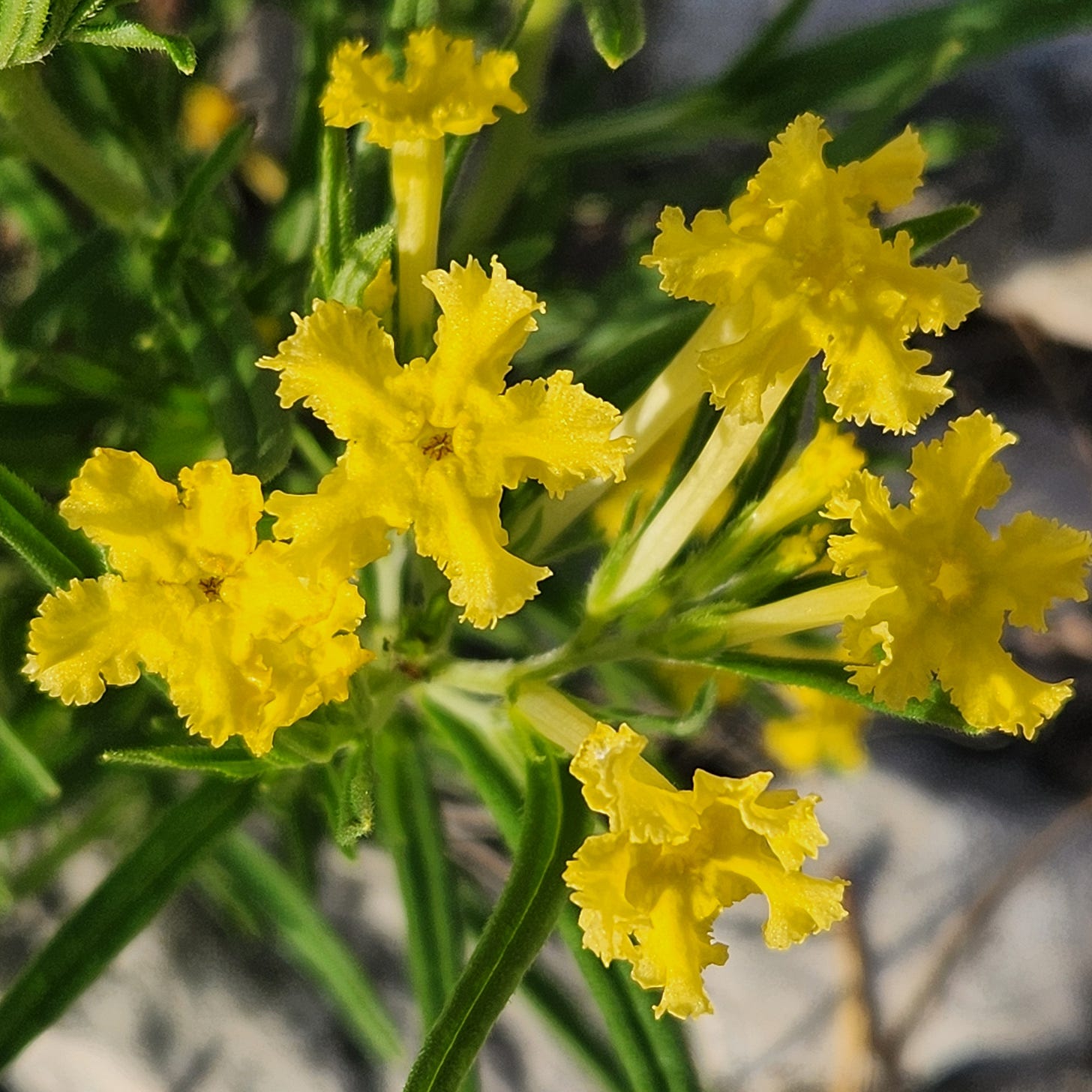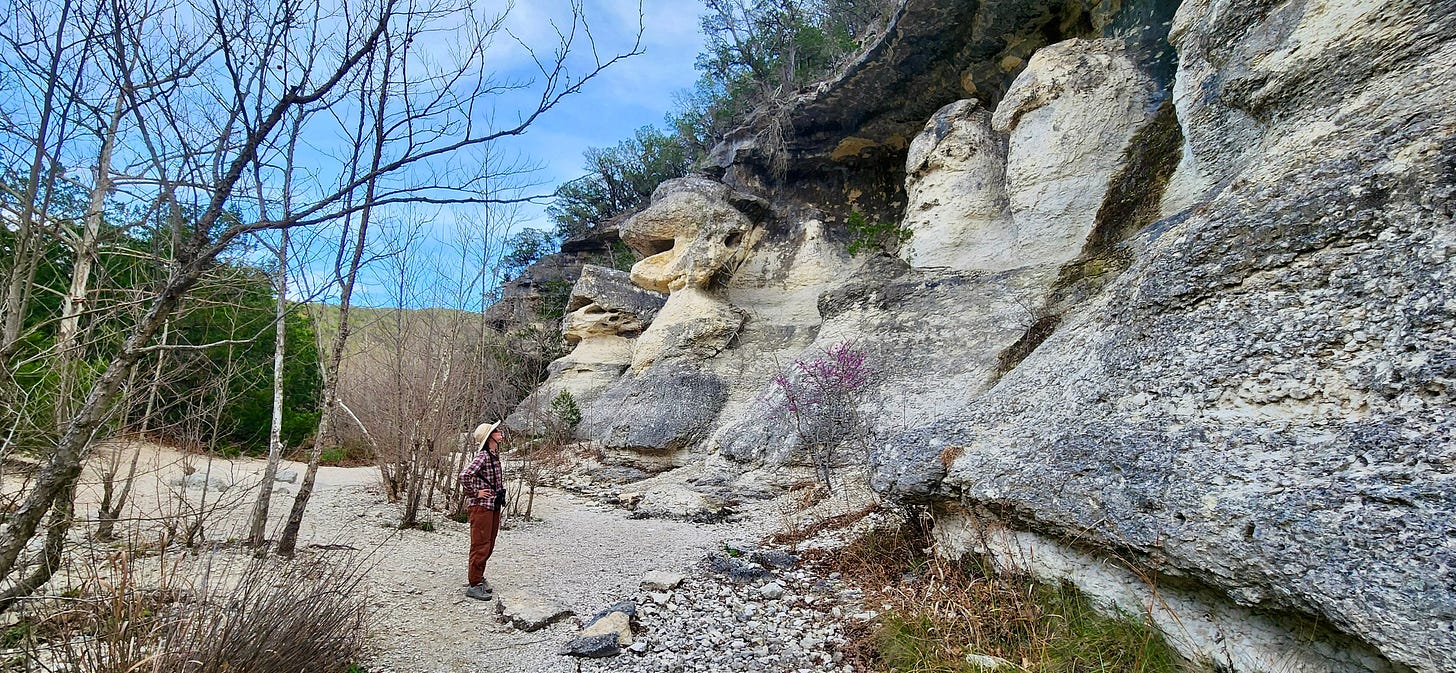What is the world in spring? Snowmelt, rain fall, water flows, green shoots, mud season; the first sleepy raccoon, the first crocus, the first day without a jacket… Depending on where I have been living, spring has been a delight or a trial, but always a rush. Spring is a season with no brakes. Being something of a tortoise soul myself, I usually don’t like sports that require speed. While I love a good winter mountain scene, downhill skiing is definitely not for me; I’ll amble along a nice, lazy bike path, but bombing down a San Francisco street in traffic sounds like a nightmare. Spring is a speed sport, and I used to fight it when I was young. No, I’m not ready to give up sweater weather! Yes, please, let’s have an April snow day!
But birding has taught me the merits of getting up to speed. Now that I have the anticipation of seeing my old friends again, I’ll hustle for spring migration. In the temperate climes, it’s the frothiest, most exciting time of the whole year (bird-wise), and my heart rate rises just thinking about it. Way up north in Montreal, we used to enjoy a pleasantly protracted spring by heading out on bitter cold February mornings and walking the still-frozen paths of a marsh preserve to listen to the woodpeckers drumming in the still-bare trees—an early sign of mating rituals to come. (How to deal with the sprint of spring: show up early.) A few weeks later, the same paths will be muddy and the marsh will be teeming with ducks and blackbirds and swallows. Eventually, the warblers arrive en masse and the birders will all be twitching crazily to find them in the unfurling foliage. Ourselves included—we will limbo and shimmy all day, groaning by noon that we need shoulder massages.
Growing up in New England, living most of the seasons of my life in more northern zones, spring has always come as a function of the calendar. Even the speed freaks have to wait for the nice warm days and the flower buds. Nothing comes unbidden. Which makes what Tyler and I just did over the last two weeks seem like some kind of black magic. This year, we didn’t wait for spring; we just drove right into it.
Proving that space and time are relative only takes a few hours traveling from southeastern New Mexico to the central Texas hill country. Tyler and I accomplished this with one overnight at a podunk hotel just past the blasted heath of the western Texas oil fields.

On the morning of March 5, we set out again, driving east. It seemed we were on the road for mere minutes before the transition of seasons was already evident: grassy verges, nascent fronds waving from the mesquite, a denser and denser foliage of juniper and black brush. And suddenly, everywhere, flowers!

Our destination in central Texas was Lost Maples State Natural Area, which is a world-renowned birding spot thanks to one sweet, sweet darling: The Golden-cheeked Warbler. The Golden-cheeked looks quite similar to the Black-throated Green Warbler, a common bird of eastern springtimes, but this one is only found in a small and particular geographic area of central Texas. According to All About Birds, “Golden-cheeked Warblers nest solely in mature juniper-oak woodlands in the limestone hills and canyons of the Texas Hill Country at elevations of 590–1,700 feet.” They winter in similar habitat in Mexico and northern Central America. Thanks to the fragmentation and degradation of both their wintering grounds down south and their breeding grounds here in the US, Golden-cheeked Warblers are considered endangered. Naturally (or morbidly?), birders and other nature lovers are drawn to rarity, so the few places in Texas where these warblers can be seen are popular. Tyler and I have never seen a Golden-cheeked Warbler, having only passed this general direction once before, a bit out of season. Admittedly, as we spotted increasing numbers of little birds flitting by the roadsides on our approach to Lost Maples, I wondered wishfully if the Golden-cheeked Warbler were among them.

Over the two nights we camped in Lost Maples, our walks brought us through the limestone hills and canyons, onto the ridge tops and back to the river courses. Two minutes after arrival, we spotted our first White-eyed Vireo and our first Carolina Wren of the year. It seemed the birds would fairly tumble out of the trees at our feet! But longer walks restored the balance of justice, as we found ourselves struggling to spot what we could hear in the dense growth. Our first evening hike into our campsite gave us a wonderful glimpse of another Texas-exclusive southern bird, the White-tipped Dove, waddling along the path ahead of us. We heard maddening numbers of Black-and-white Warblers (classic harbingers!) singing in the trees all day long as we did the full loop of the East Trail, but could only actually see two examples with our own eyes. But maybe the best part of the walk were the sounds, the joyous raucous calls. And the smells! A quiet ridge top walk yielded very few birds, but oh, what a bounty of Texas mountain laurel! Like the interpretive panel identifying this species suggested, it smells exactly like grape soda.
Our second morning in Lost Maples dawned with another hallmark of spring: rain. We packed up our tent for the hike out between showers, and managed to get most of the way back to the car before any heavy rainfall. In the misty gray light, spotting birds in the forest seemed even more challenging. But the dawn chorus rang significantly louder, if anything. The night before had been windy, and though I couldn’t say from which direction it had been coming, it seemed to have brought some newcomers with it. We heard more Black-and-white Warblers singing around the campsite as we packed up. Once we were ready to trek, we made another effort to spot one, but to no avail. And then, our ears perked up.
-What’s that?
-A Black-throated Green?
-Do the Golden-cheeked sound like them, too?
A hasty listen on Merlin confirms for us: those local superstars, the first of the Golden-cheeked Warblers had arrived! We flushed with pride that we timed it so well, to show up just ahead of them, ready for spring. And all down the mile to the carpark we heard more and more of them, singing out their territorial songs: hello, hello, hello!

PS: No, we’ve still never seen the Golden-cheeked Warbler, but not for lack of trying.1 We spent long patient minutes scanning the junipers, waiting for motion, trying to locate the sounds we could hear so clearly. That’s birding for you: it’s not easy and it’s not guaranteed. But if there is a better way to start a season than to wake up to such a song, I can’t think of it.
The fine-point nitty gritty: this means we won’t count the Golden-cheeked Warbler as a bird for the year (yet!). Popular convention would allow us to count any bird we heard, but with new life birds, we prefer to get a good look before we put it on our lists. And by our own “house rules” of birding, we only put “heard only” birds on the list when we have already become familiar with their sounds and can recognize them confidently without the aid of Merlin.







So Great to read your travel logs! 💗🦍
I am learning so much and enjoying you adventures.